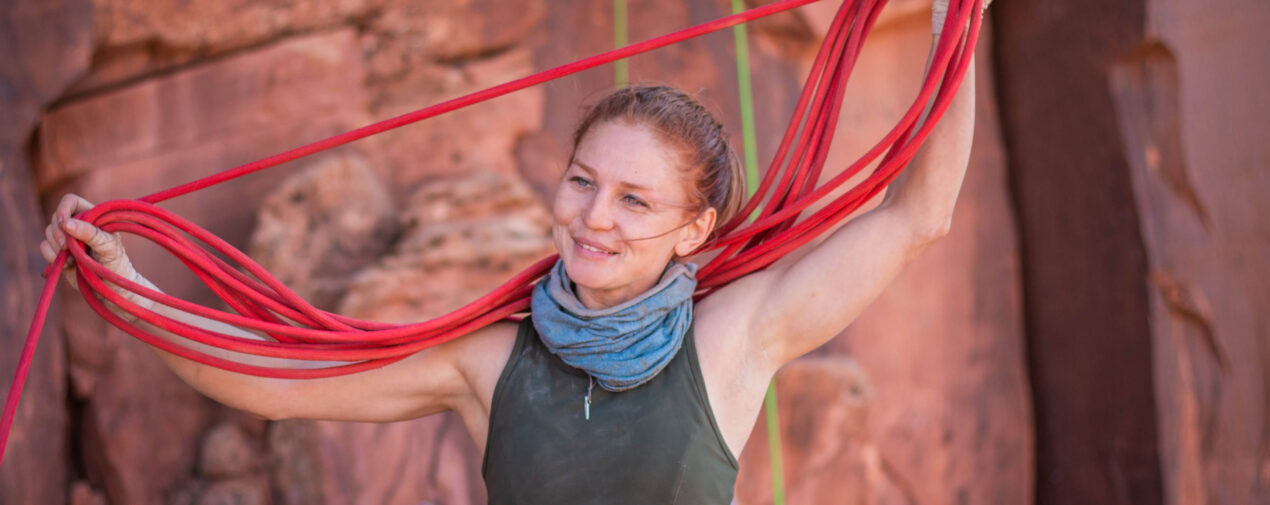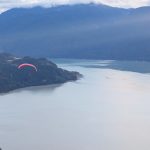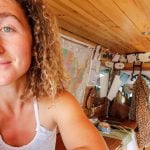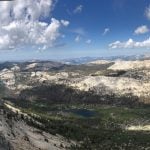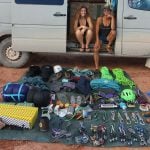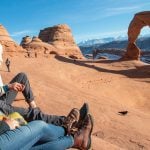A Beginners Guide to Rock Climbing Part 3
The Skills You Will Need
Welcome back to our Beginners Guide to Rock Climbing series! In Part 1 we covered what climbing is and what different types of climbing there are, and in Part 2 we covered what type of gear you will need in order to get started. Here, we will cover what skills you will need in order to rock climb.
We will break this down into three categories:
Physical Skills
What physical skills will you need in order to start rock climbing?
Mental and Emotional Skills
How can you mentally prepare for rock climbing and what are some emotional strengths you need?
Interpersonal Skills
Styles of communication and people skills you will need to rock climb.
Let’s start with the most obvious one…
Physical Skills
Many people (wrongly) make the assumption that in order to rock climb you need to be able to do a lot of pullups. Having a strong upper body definitely can help you rock climb, but it is by no means a prerequisite for getting into the sport.
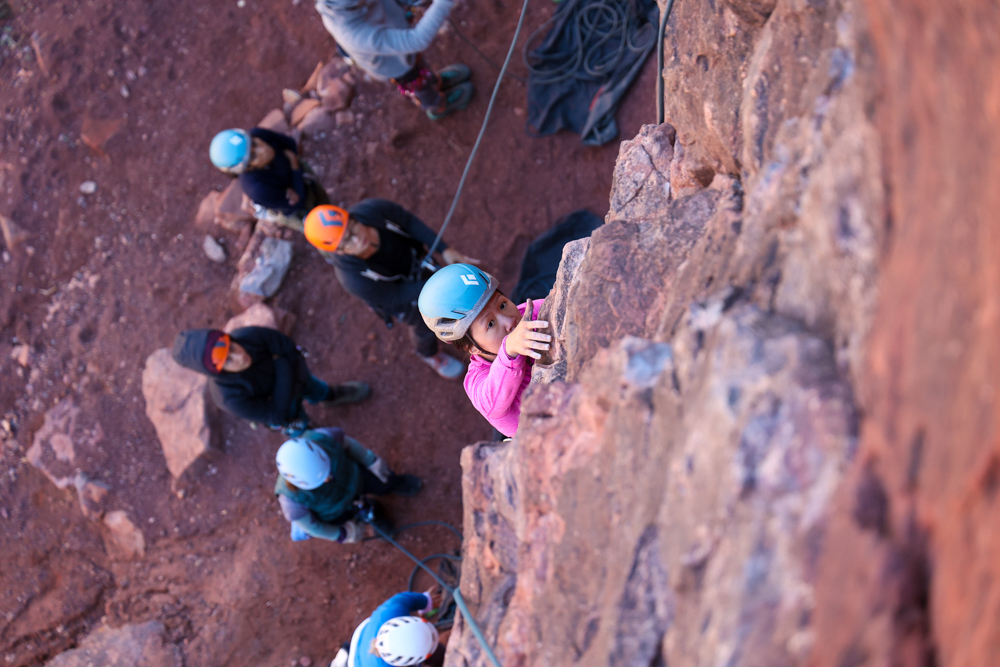
The most important aspect of rock climbing is your body positioning. Your body positioning is how you approach the rock climb in front of you. Primarily, you will want to focus on keeping your weight on your feet, keeping your arms straight, and placing your hands and feet intentionally with each move.
Once you’ve gotten your climbing shoes on, you want to practice good footwork. Footwork is crucial to all rock climbs. Make sure you have shoes that fit, and keep your weight on your toes. In climbing, we rarely place our heals first when stepping up on a hold, or into a crack. Practice pointing your toe down and pressing your weight onto the big toe of either foot. Do this first on the inside of your foot, and then on the outside. It is almost always easier to weight the inside of your big toe.
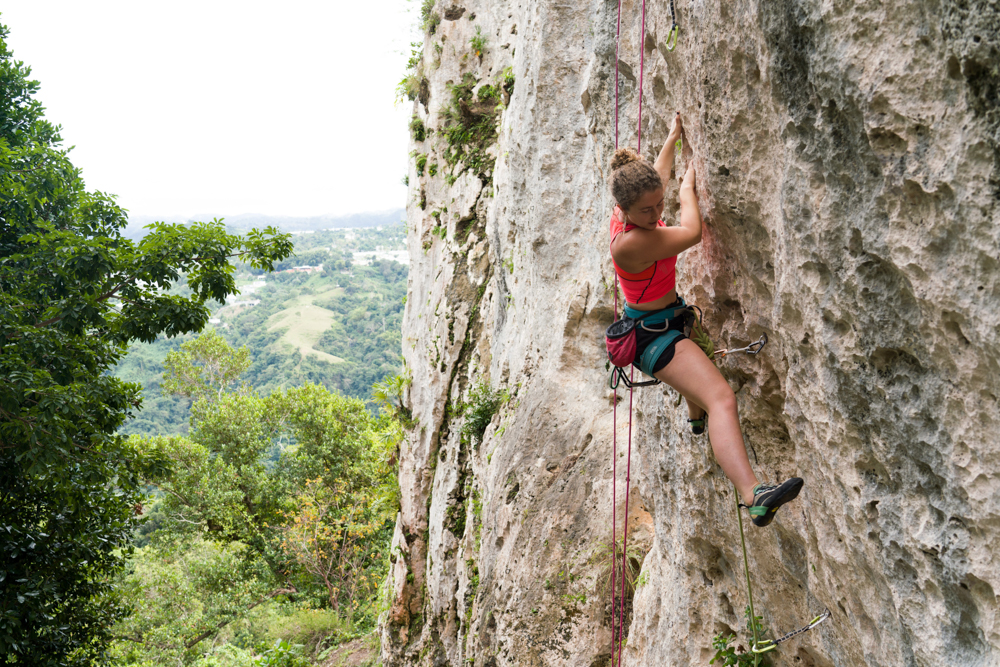
For your hands, it’s a different story. You will feel the strain most in your forearms. Grabbing holds can be very strenuous, but looking out for larger holds will help. If you can keep your arms straight, and treat your hands like little hooks, this will help reduce the strain in your arms.
Other skills you should have include spotting and belaying. Spotting is the act of protecting another climber from a bad fall while bouldering. When spotting someone, you want to stand close to your crash pads and keep your arms up. The goal is to keep them from falling off the crash pad if they fall. If the climber falls, you want to keep your arms up and assist them by guiding them to the pad–in mid air if necessary! If the climb they are on traverses, then you are also responsible for moving the pad with them. If you have to pick, you want to protect their head more than their feet.
Belaying is the act of feeding out rope to your climbing partner and adding a progress capture if they fall or ask to take a break. You can learn how to belay safely from your local climbing gym, or take a guided day of rock climbing with a rock guide.
If you are getting into Trad or Crack Climbing check out our recent post titled “So you want to start Crack Climbing?” This will help guide you through the process of learning how to hand jam and foot jam. Both of which are crucial techniques for more advanced styles of rock climbing.
Mental and Emotional Skills
Mental readiness is important within rock climbing. While you don’t need to be impervious to a fear of heights, you should make sure you are mentally prepared to be at least some distance off the ground. I know personally many climbers who are uneasy with heights, and they manage to get along just fine! If heights are a huge problem for you, then stick to bouldering! (Most boulders are fairly short)
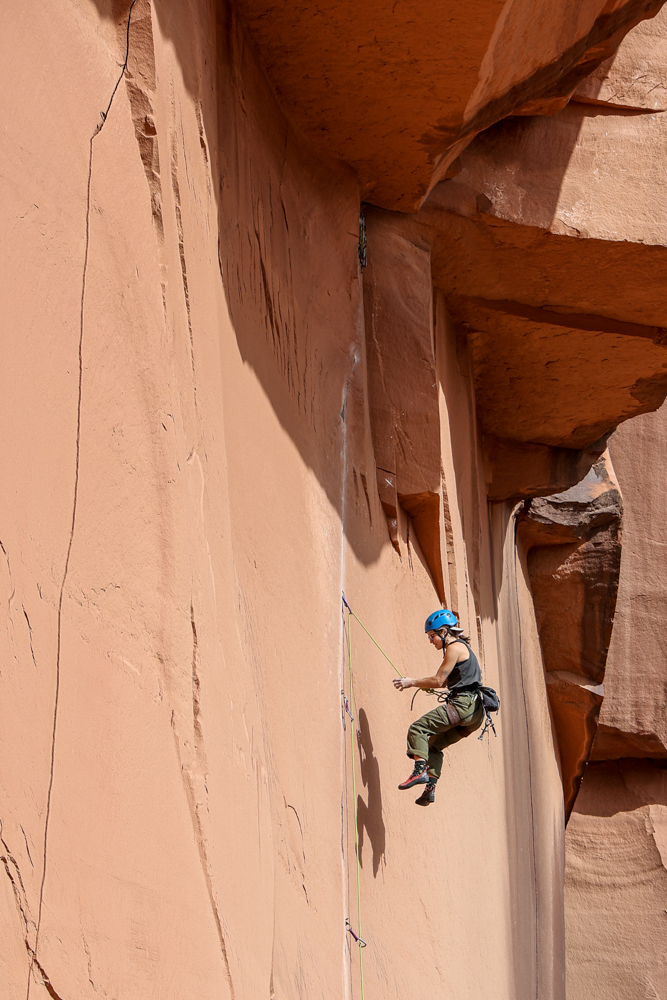
A mental skill you need to practice is your risk assessment. Rock climbing is inherently dangerous, but how dangerous is this particular climb? Do you have the equipment to make it to the top safely? What about the skill? How about the weather? Is it currently safe to climb? What are the risks to you and your climbing partner(s)? All of these things will need to be considered before you begin any climb.
On top of risk assessment, you want to develop a relationship to personal responsibility, particularly if you plan to head into remote climbing areas.
Personal Responsibility means bringing enough water and food for yourself, making sure your climbing equipment is in good condition, and choosing climbing partners who you trust. But it isn’t just being prepared, it’s also accepting the consequences of the actions you take while climbing. Didn’t bring enough food? Now you’re hungry and losing energy on a climb. Didn’t look at the sun aspect of the crag the night before? Now you’re climbing in the blazing sun on a 90 degree day.
It might seem harsh, but developing personal responsibility is a key skill in becoming a successful rock climber. It affects everything from what type of climbing shoes you wear, to the types of people you climb with. Make sure you take full responsibility for your climbing experience, because (unless you’re being guided) the climbing day is on you!
You’ll also want to train your tolerance for failure. As a climber, you will not only experience failure, you will seek it out and (hopefully) learn to enjoy it! Climbing is not a smooth ride to the top, and it can be easy to become frustrated or impatient with yourself. Practice calming yourself down after you don’t make it to the top, or being kind to yourself when you thought you had it–but didn’t.
If you spend all of your time beating yourself up after failure in climbing, then you’ll spend a lot of time being mean to yourself.
Interpersonal Skills
With the exception of soloing, rock climbing is a collaborative sport. You can run alone, you can swim alone, and you can dance alone, but rock climbing is a team sport. And within rock climbing you’ll need to have clear communication, effective coordination, and trust.
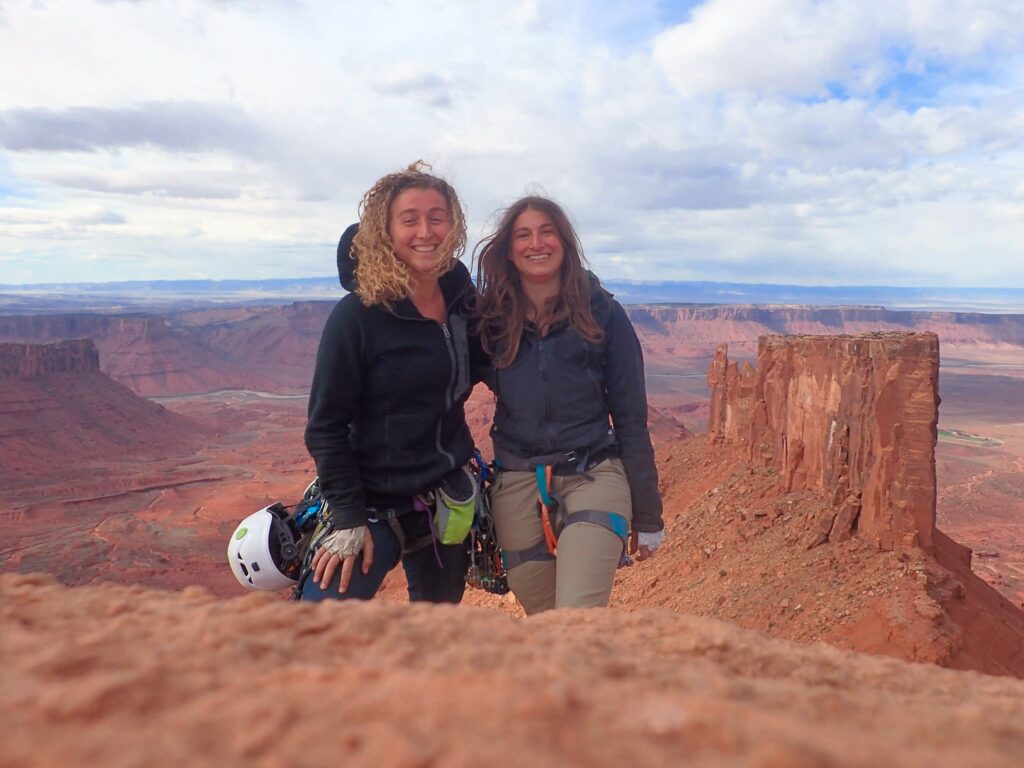
Clear communication is the most important part of any climbing relationship. The very first thing you say to your climbing partner when going climbing is “Climbing?” and they respond, “Climb on!”.
This check means that two people have observed all the safety principles involved in their climbing experience and are both on the same page with what is expected of them next. When climbing, you’ll need to make sure you and your climbing partner both understand the commands you’re giving each other. Saying things like “Watch me!” or “You got me right?” and “Are you with me?”, mean the same thing, but unless you have clear communication, one of you could misunderstand the other at a crucial moment.
Effective coordination means being able to work together as a team, which inherently requires trust. If you cannot trust your partner to give you a good belay, how can you climb with them? One of you can move the crash pads while the other brushes off the crux hold, or one of you can coil the rope while the other sorts the rack.
These kinds of things seem small, but without the coordination you might lose precious time, or worse.
And finally: trust – this is a big one. Climbing is dangerous, and in a partnership where your life hangs in the balance, you must be able to both give and receive trust. Trust your partner to take the lead if you can’t, trust your partner to build a safe belay, and trust your partner not to drop gear.
Because when you trust your partner, you can feel empowered to trust yourself when things feel their most desperate.
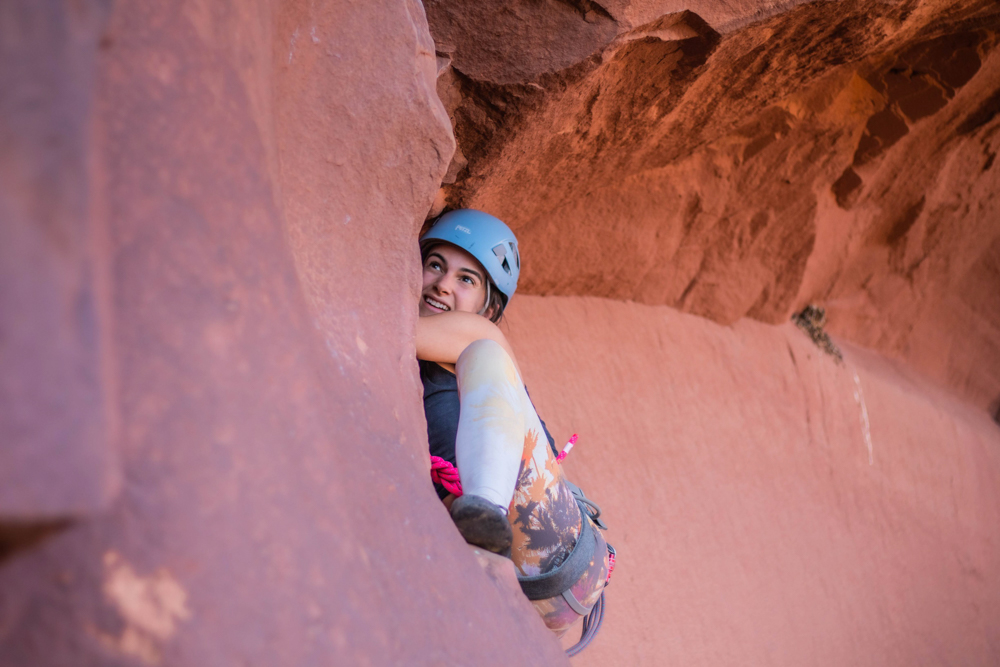
Cover photo credit: Kaya Lindsay
About the Gear Tester
Kaya Lindsay is a writer, photographer, and filmmaker with a passion for rock climbing and the outdoors.
In 2016 she converted a Sprinter Van into a tiny home and has been traveling around the US & Canada to pursue her passion for rock climbing. Since hitting the road she has begun a career in filmmaking and is currently working on her One Chick Travels series, highlighting solo female travelers who live and work to pursue an adventurous lifestyle. Her films have been highlighted by major brands such as Backcountry and Outside TV. To fulfill her passion for writing, she chronicles her many adventures in her blog. Professionally, she writes for the adventure sports company Outdoor Prolink and The Climbing Zine. Kaya hopes to spend many more years in her tiny home on wheels, Lyra, and is currently living in Moab Utah.

